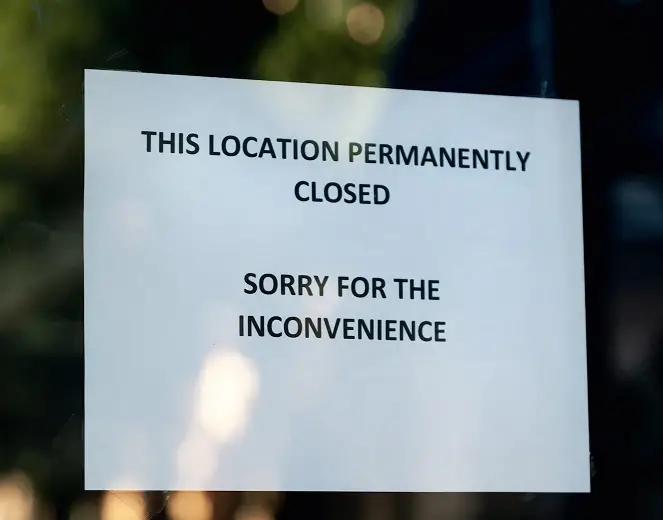According data released this week by the EU statistics agency Eurostat, in the second quarter of 2023, the EU saw the highest number of bankruptcy declarations in eight years.
The data showed that between April and June, the number of companies that went out of business surged 8.4% over the previous quarter’s figures. This was the sixth quarterly increase in a row, according to the agency, and over the reporting period, the number of new bankruptcies hit the highest level since such data began being tracked in 2015.
All sectors of the economy saw bankruptcy filings increasing, according to the data. However the biggest increases were seen in accommodation and food services, which rose 23.9%, in transportation and storage which was up 15.2%, and in education, health and social activities, which rose 10.1%.
Looking at the data state by state, Hungary saw the fastest rise in bankruptcy filings, where they rose 40.8%, followed by Latvia at 24.8%, and Estonia at 24.6%. The biggest drops in the numbers of bankruptcies was seen in Cyprus, where they fell 48.5%, followed by Croatia which dropped 23.6%, and Denmark where they were down 15.9%.
The data showed new business registrations fell 0.6% over the reporting period.
Experts say the rise in bankruptcies is due to the general instability of the economic environment and slowing economic growth in the EU, which has been suffering under higher energy prices and spiraling inflation, which the central bank has been attempting to combat through rising interest rates, which has increased borrowing costs.
Christoph Niering, head of the Professional Association of Insolvency Administrators in Germany, said in an interview with the Wall Street Journal that, “We’re now seeing the market shakeout,” and that a lot of the business failures were already struggling before the pandemic. Now as they face increased financing costs and the need to pay higher wages as demand falls, their insolvencies are just unavoidable.
Thomas Humblot, an economist at BNP Paribas told the outlet that the surge in insolvencies should be seen more as a “normalization” of the environment, noting that as the pandemic-era aid for companies is being lifted, it “is prone to contribute to the increase in the number of bankruptcies induced by a degraded economic environment.”


